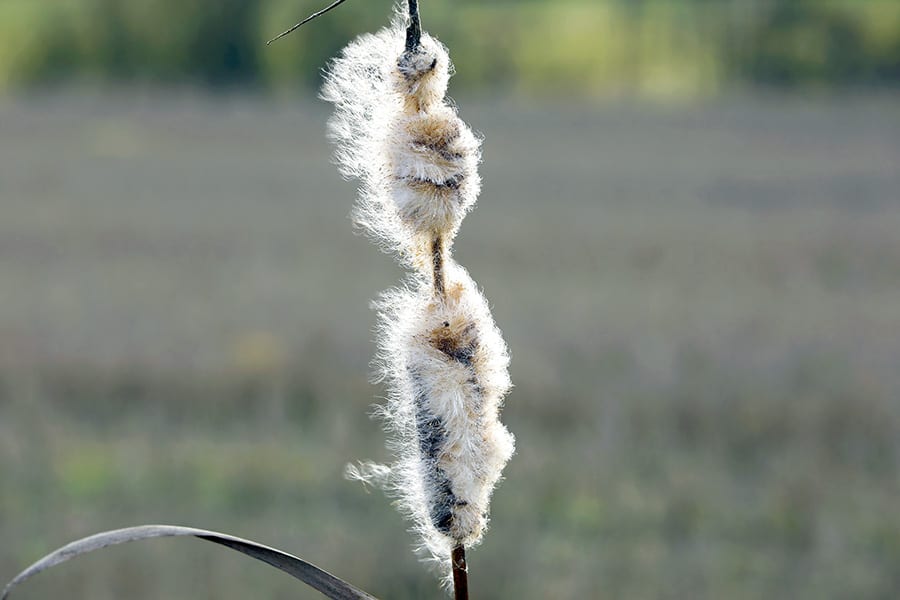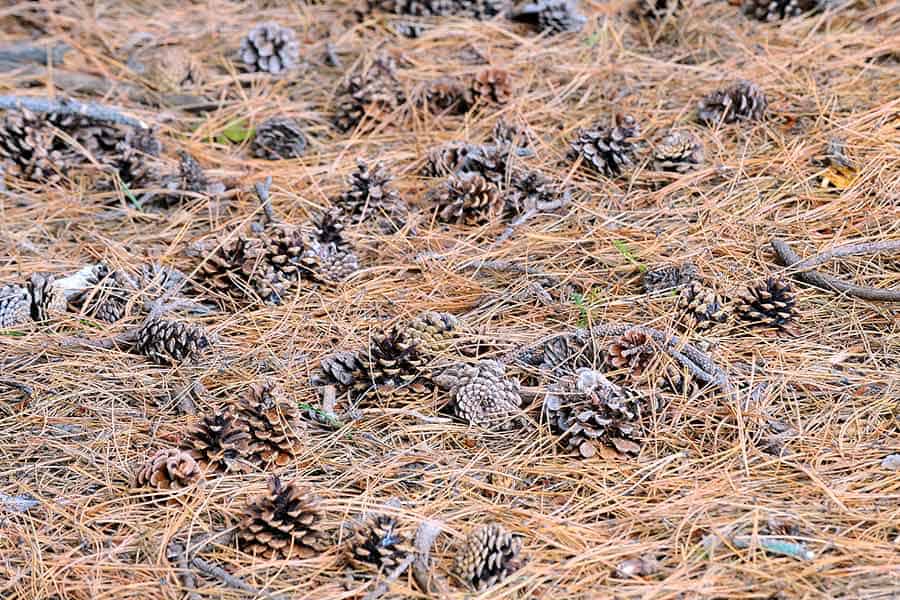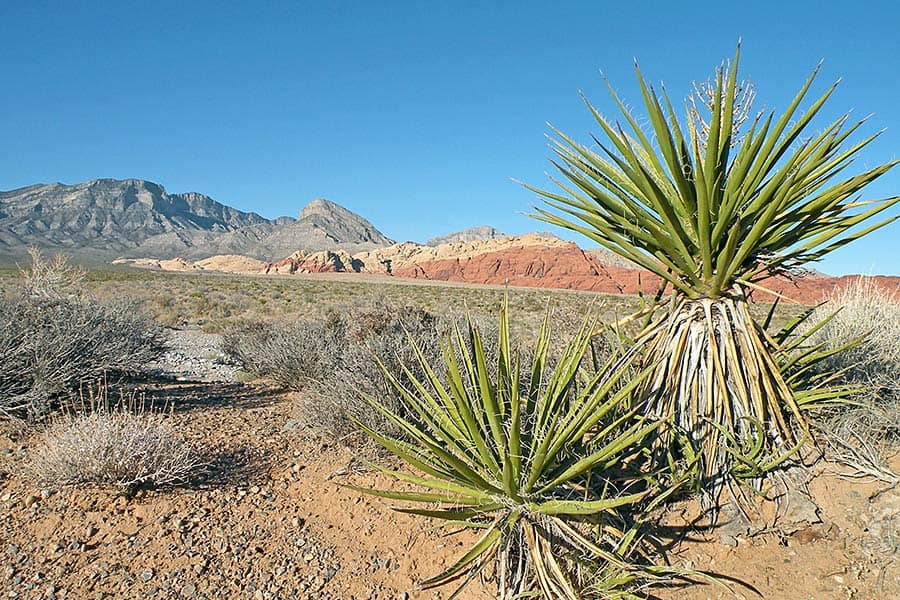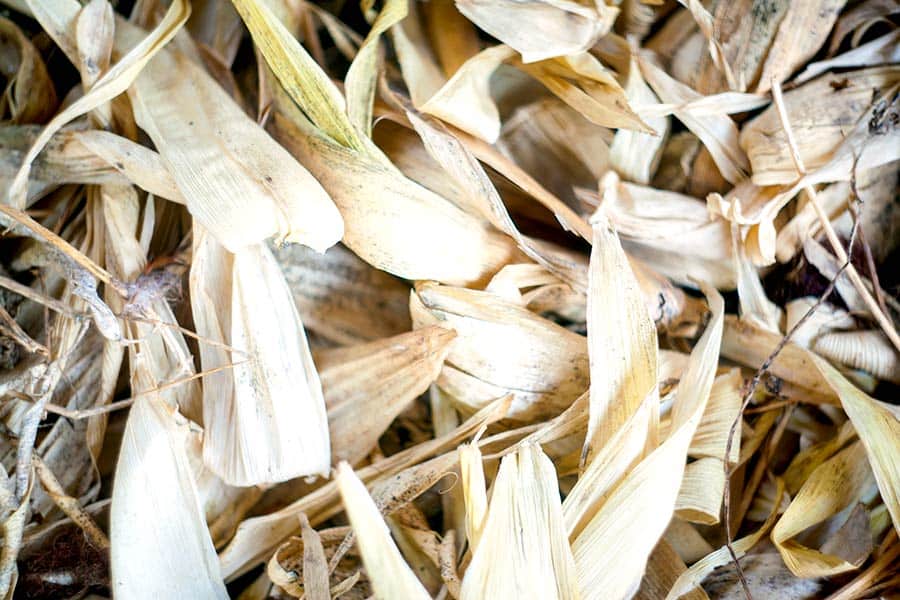
Starting a fire can be challenging, especially without the right components. This is where fire starters come in handy, and it is even better if you can use natural ones.
Made from materials that are easy to find or carry, natural fire starters offer a reliable alternative to manufactured ones, making them a popular choice among outdoor enthusiasts. So what exactly are natural fire starters, and how do they work? Let’s dive in and find out.
Different Types of Natural Fire Starters
The first step to starting a campfire is having dry tinder that you can start quickly. Nature offers many alternatives. Below is a list of natural fire starters that may be available near your campsite. With that said, some of the items in the following list will not be available in all locations.
1. Birch Bark
Birch trees are known for their flammable papery bark, which burns for an extended period, making them ideal. To get your hands on some, look for dead birch trees or fallen branches, which can provide a good source of birch bark for your fire.
2. Dried Grasses
Dried grasses can also serve to start fires, especially when you’re short on other options. Collect a handful of dry grasses and bundle them together to form a ‘bird’s nest’ shape. Place the bundle in the center of your fire pit with some kindling and ignite it with a lighter or matches. The dried grasses quickly catch fire and help ignite the larger kindling and logs. Just be sure not to use green grass or any other damp vegetation, which can be counterproductive to starting a fire.
3. Cattail Fluff
Cattail fluff is highly flammable and is found in wetlands and marshes. This seed fluff is an excellent option for starting a fire as it catches fire quickly and burns hot. So, if you find yourself in a marshy area, keep an eye out for cattail fluff – it might just be what you need.

4. Fatwood
Fatwood is a type of pine wood with a high concentration of resin, making it highly flammable. Therefore, fatwood is ideal if you’re looking for a reliable fire starter that works even in wet conditions. You can easily find fatwood at your nearest camping store or online. Keep some fatwood with your camping gear, and you’ll never have to worry about starting a fire again.
5. Milkweed Fluff
Milkweed fluff is another choice found in various outdoor settings. The silky fluff from a milkweed plant is highly flammable and can be collected in sufficient quantities to start a fire. To use the milkweed fluff, gather a handful of dry fluff, place it under some dry twigs, and light up the fluff. The milkweed fluff will ignite quickly and help start your fire.
6. Dry Leaves
Dry leaves can be another option for starting a fire. They are easy to find and are usually abundant in forested areas. Gather a handful of dry leaves and loosely pack them under your kindling. Then ignite the leaves, which will quickly catch fire. However, it’s essential to make sure that you’re using completely dry leaves, as wet or damp leaves can make starting a fire difficult.
7. Wood Shavings
Wood shavings are another popular option. You can make wood shavings using a knife or a hatchet to shave off small pieces of dry wood or use pre-made wood shavings from a camping supply store. However, like other natural fire starters, it’s essential to make sure that the wood shavings are completely dry, as wet or damp shavings will not ignite easily.
8. Pine Cones
When it comes to natural fire starters, pine cones are often overlooked, but they can be incredibly effective. Pine cones are abundant in most forested areas and are usually easy to find. They contain resin, a highly flammable substance that makes them an excellent option. The resin in the pine cones will ignite quickly and help start your fire in no time.

9. Pine Needles
The resin in pine needles makes them an excellent option, as they are highly flammable. To use them, gather a handful of dry pine needles and use them to light your kindling. However, finding dry pine needles can be a challenge in some areas, and they may not be available throughout the year, so it’s essential to have alternative options in mind.
Other Posts of Interest
- What Is Heat Treated Firewood? And Why It Matters
- What Is The Best Wood To Burn In A Campfire? And Why
- 20 Ways To Cook Over A Campfire
- Can You Start A Campfire With Gasoline?
10. Cedar Bark
Cedar bark is relatively easy to strip off and has a high concentration of natural oils, making it highly flammable. However, it’s essential to make sure that the bark is dry, as wet or damp bark will not be effective. Nevertheless, with its natural oils, cedar bark can be an excellent fire starter option when you’re spending time outdoors.
11. Fungi
Another option is to use fungi like Chaga or horse hoof (tinder polypore) fungus to start a fire. These fungi possess unique properties that make them suitable fire starting materials. They are known for their high content of flammable substances that can help ignite even damp or wet wood.
Chaga, for example, is a slow-burning fungus that can smolder for hours, while tinder polypore is a quick-burning fungus that is perfect for igniting kindling. Horse hoof fungus is a common fungus easily identifiable by its hoof shape and dark exterior.
12. Yucca Leaves
In search of an effective way to start a fire? Look no further than dried yucca leaves, known for their ability to ignite quickly and easily. One of the best things about using dried yucca leaves is that they are readily available in many arid areas.

13. Dry Plant Stems
These can be collected from various plant species, such as reeds or cattails, and have long, hollow stems. They are often found in abundance during the fall when plants dry out. The dry plant stems will catch fire quickly, and their fibrous structure will help the fire spread to larger pieces of wood.
14. Dried Palm Fronds
Dried palm fronds are commonly found in tropical regions and can be easily collected from fallen or pruned palm trees. In addition, palm fronds burn quickly and with minimal smoke, making them an excellent choice for starting fires efficiently.
15. Sagebrush
Sagebrush is a great option, due to its extremely high oil content. To use sagebrush, gather some dry branches of the plant and break them off into small pieces or shred some bark. Then, place the pieces under your kindling and light. The oil from the burning sagebrush will quickly spread to the kindling and ignite. They also make good friction sticks.
16. Dry Corn Husks
Dry corn husks can usually be found on the field after harvesting. They are lightweight and highly flammable, making them an excellent fire starting option. Collect a handful of dry corn husks and place them under your kindling. Ignite the husks. Again, make sure that the corn husks are completely dry before using them as a fire starter, as wet or damp husks will not be effective.

17. Thistle Down
Thistledown is an effective and unique fire starter that people have been using for centuries. First, collect some of the fluffy seed heads from thistle plants. Then, place the downy fibers under your kindling and light it. It will spread quickly to your kindling, allowing you to start your fire. Thistledown is also lightweight and easy to carry.
18. Feather Sticks
Feather sticks, or fuzz sticks, are made from dry wood. To make a feather stick, use a knife to shave thin slices of wood but don’t remove them entirely from the stick, leaving an unshaved portion at the base. The shavings should be thin enough to catch fire easily, making them look like feathers.
Once you have created the feather stick, use a lighter or matches to light the feathered end. The shavings will ignite quickly, and the stick will continue to burn slowly, providing a flame source. With their simple yet effective design, feather sticks are a great natural choice.
19. Juniper Bark
Juniper bark has a high concentration of natural oils, making it highly flammable. Collect some dry juniper bark strips and place it under your kindling. Ignite the bark, which should catch fire quickly. However, make sure the bark is dry before using, as wet or damp bark will not be effective.
Go Natural
Starting a fire can be easy with the right knowledge and materials. Many natural materials can be used as fire starters, from milkweed fluff to birch bark, yucca leaves to feather sticks. Locating and collecting these materials will enable you always to have the resources available to get a fire going. You’ll never be left in the dark after learning to recognize and utilize some of these natural fire starters!





